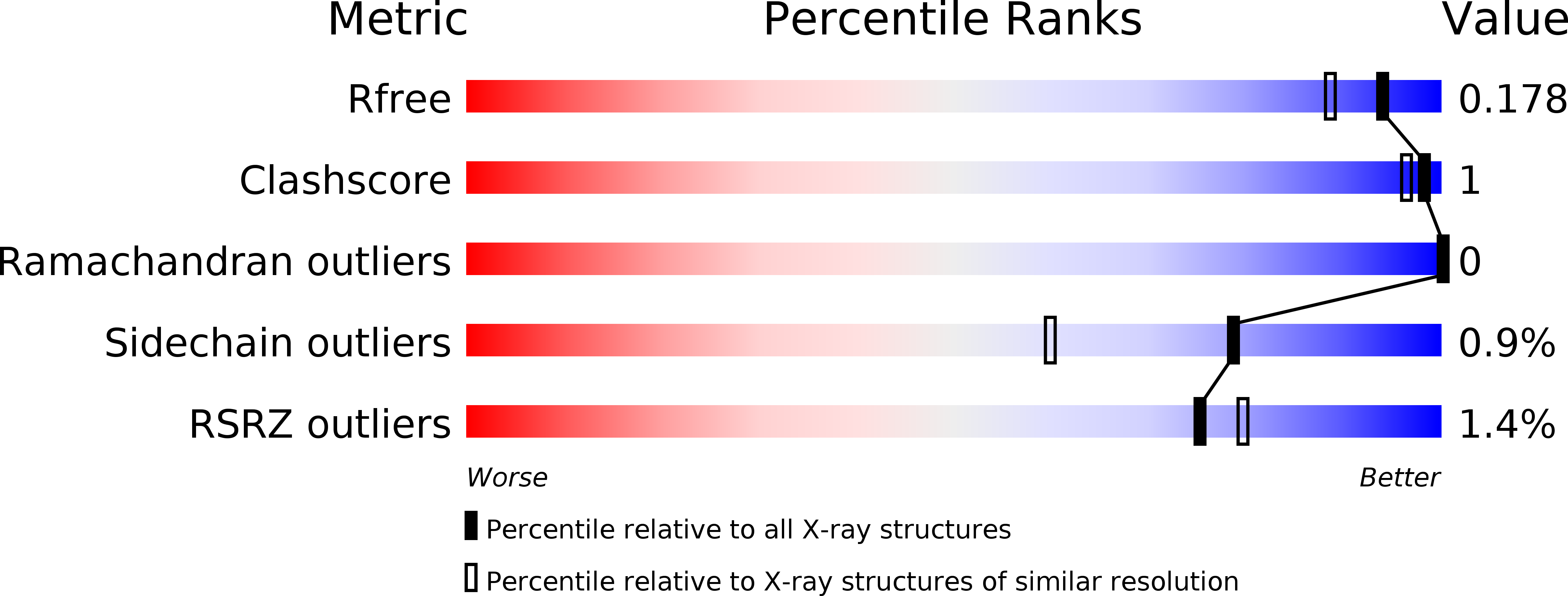
Deposition Date
2014-10-11
Release Date
2015-10-21
Last Version Date
2024-02-28
Entry Detail
PDB ID:
4RJX
Keywords:
Title:
Crystal structure of the OprO mutant protein F62Y/D114Y
Biological Source:
Source Organism:
Pseudomonas aeruginosa (Taxon ID: 208964)
Host Organism:
Method Details:
Experimental Method:
Resolution:
1.54 Å
R-Value Free:
0.17
R-Value Work:
0.15
R-Value Observed:
0.15
Space Group:
H 3


